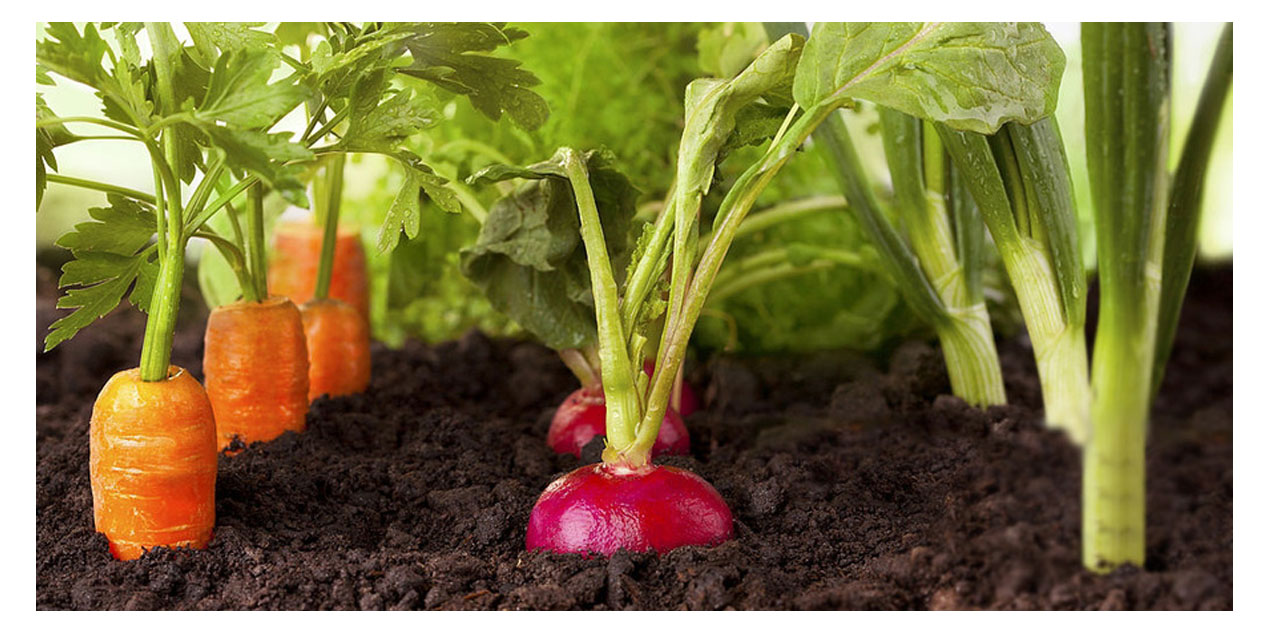Tujoromajo Kasuto
The Namibia Agronomic Board (NAB) has forecasted a 62 percent shortage in horticultural products it analyses, where more severe shortages are expected for lettuce, cauliflower, broccoli, mushrooms, tomatoes, carrots, onions, potatoes, cabbage and butternuts between January and May 2023.
This comes as crop farming production forecasts look bleak for the first quarter of 2023 following the latest field verification exercise conducted by the Board.
Only the forecasted tonnage for green peppers and colour peppers production is expected to be sufficient in meeting local demand and their forecasted tonnage is estimated to place them as the top soft commodities for Namibia.
Economist Theo Klein says that shortages in local harvests imply that Namibia will remain a net importer of food products and so consumers remain vulnerable to global and regional food price developments.
Furthermore that the local food requirement, together with other dynamics in the trade sector hints that Namibia is likely to record trade deficits in 2023.
Meanwhile, It remains to be seen whether the La Nina phenomenon will bring adequate, timely and sufficient rain which Namibian crop farmers need, especially in the North.
This comes after last year, due to late rainfalls, the maize triangle experienced major crop harvest losses with over 60 percent drop in harvests experienced.
Klein as a result observes that improved crop production figures for 2023, therefore, remain fairly negative.
Meanwhile, nationwide dam levels have not materially increased and still fall short of dam levels recorded a year ago.
“Signs of price easing and a strengthening Rand/USD exchange rate could mean that local farmers see a slight ease in production costs, given that fertilisers can account for up to 40 percent of farming costs (depending on the crop being farmed). However, diesel prices remain elevated and we expect additional price hikes due to global shortages of diesel and this could still weigh on farmers’ margins going forward,” he states.
When compared to the same period in 2021, the agricultural sector contracted by 1.5 percent in the first three quarters of 2022.
The 14.2 percent decline in 3Q2022 is the largest since 2Q2019.
The biggest contributors to the 3Q2022 decline include livestock farming, which fell 18.9 percent year on year, and crop farming, which grew by only 2.7 percent after growing by 10.5 percent in 3Q2021.
In 3Q2022, exports to Namibia’s usual markets were hampered by foot and mouth disease in Botswana and South Africa.
As a result, weak to moderate growth in crop farming and improved livestock production support the agriculture sector’s sluggish growth outlook.




